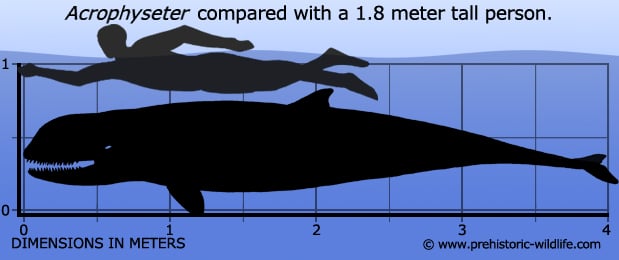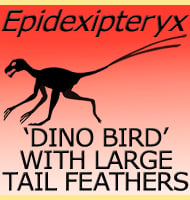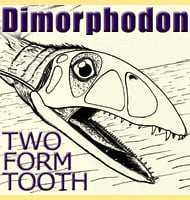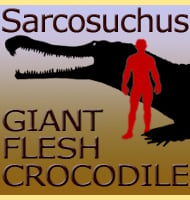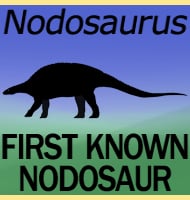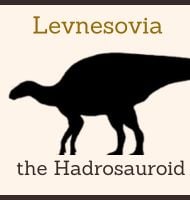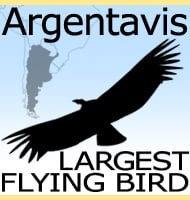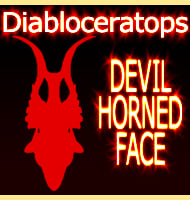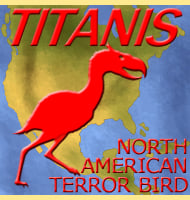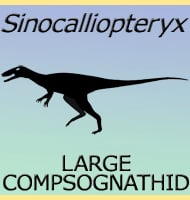In Depth
When you translate the full name of Acrophyseter deinodon into English you end up with ‘acute sperm whale terrible teeth’. The genus part of ‘acute sperm whale’ is a reference to the upturned bend in the jaws, suggesting that Acrophyseter may have approached prey from below. The species name deinodon, or ‘terrible teeth’ is a reflection of the large and strong conical teeth that were in both jaws. The front teeth are angled to point forwards, probably an adaptation to facilitate prey capture. From here prey was probably passed to the tightly packed back teeth of the lower jaw that were better suited to shearing through flesh.
Acrophyseter was probably a generalist hunter, whose prey included other marine mammals including other smaller whales, fish, and maybe even birds like penguins. Smaller prey could have been killed almost instantly, but larger prey like whales may have had to have been worn down, perhaps by concentrating attacks on areas like the tail fluke to immobilise the prey. The jaws and teeth of Acrophyseter seem to have been well suited for this purpose as the front teeth would have easily been able to grip a tail fluke in motion with the rear teeth easily being able to cut through it. It is unknown if Acrophyseter hunted in pods like Orca (also known as killer whales) do today. However study of small cetaceans does indicate a strong possibility that Acrophyseter may have hunted in family pods to coordinate efforts upon prey.
Acrophyseter has been placed in the Physeteroidea which includes other predatory whales such as Brygmophyseter, Zygophyseter, Aulophyseter and the huge Livyatan.
Further Reading
– A new stem-sperm whale (Cetacea, Odontoceti, Physeteroidea) from the Latest Miocene of Peru. Comptes Rendus Palevol 7(6):361-369 – O. Lambert, G. Bianucci & C. Muizon – 2008. – Bony Outgrowths on the Jaws of an Extinct Sperm Whale Support Macroraptorial Feeding in Several Stem Physeteroids. – Naturwissenschaften. 101 (6): 517–521 – Olivier Lambert, Giovanni Bianucci & Brian Beatty – 2014.
